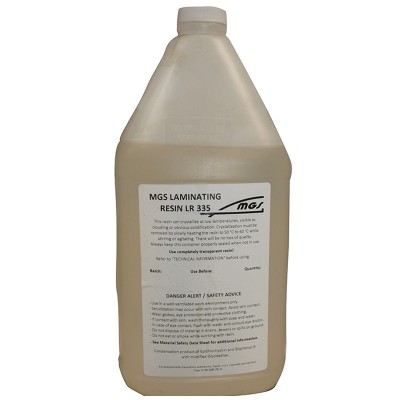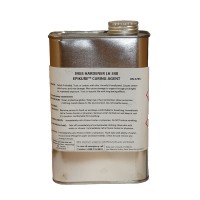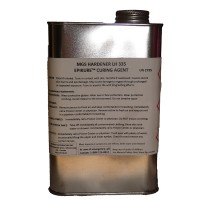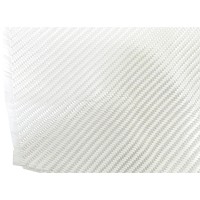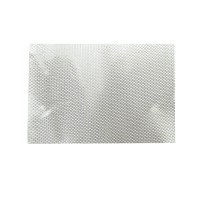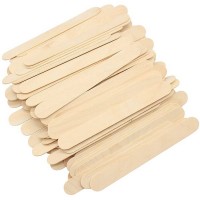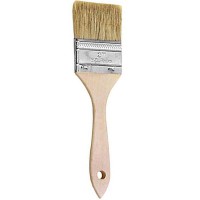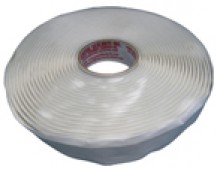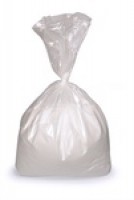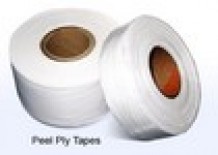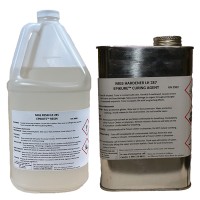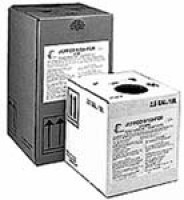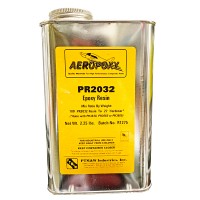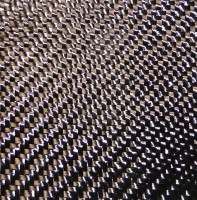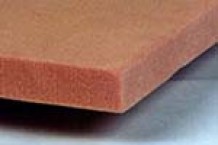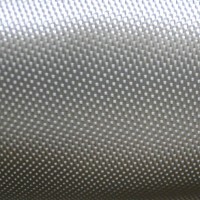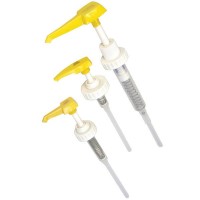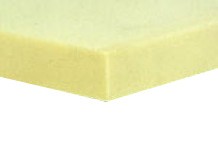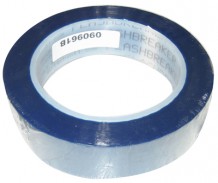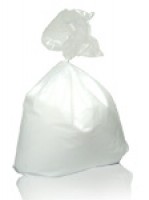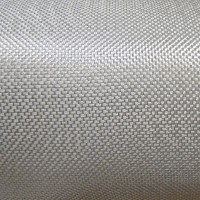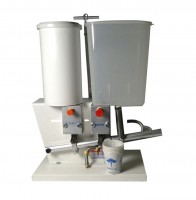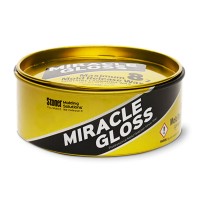Aircraft Spruce Canada
Brantford, ON Canada
Corona, CA | Peachtree City, GA
Chicago, IL | Wasilla, AK
L335 MGS Epoxy Resin 1 Ga
MFR Model# L335
Overview
|
MGS epoxy resins are approved for the production of certificated aircraft parts. The 335 and 285 systems are especially suited for homebuilders because of their long shelf lives, excellent workability, physiological friendliness, adjustable cure rates and excellent static and dynamic strength characteristics. Both systems are available with fast and slow hardeners which can be blended with each other in any proportion to provide the desired working life and cure cycle. Pot lives and working times can be adjusted from fifteen minutes, using the fast hardeners, to six hours, when the slow hardeners are employed. Once the hardeners have been blended, the specified resin to hardener mixing ratio must be maintained. Components of the 335 system should not be mixed with those of the 285 system. With both systems, if only the slowest hardener is used, the cure times should be extended to a few days, otherwise some brittleness may be noted. While room temperature curing results in good properties when the faster hardener combinations are used, some curing at elevated temperatures or post curing will result in the highest achievable strength and Tg, with the slower blends. Even unfavorable low temperature and high humidity conditions in the work environment will not effect the quality of the product and high gloss, uncontaminated, tack free surfaces are achievable every time. The resins do not contain any unreactive dilutants which with many systems result in de-gassing and bubbling of the painted finish. The MGS resins do NOT contain aromatic amines. While proper processing practices should be maintained, the physiological friendliness of these systems have been demonstrated by many years of production experience. The 285 system has slightly higher physicals than the 335 and will also achieve a higher maximum Tg after post curing. While the 335 is more viscous than the 285, after mixing with the appropriate hardeners, their viscosities are comparable. These systems are used in the construction of the Cozy, Diamond, Cirrus and other aircraft. *Important Shipping Information- H287S Hardener can be shipped UPS ground only. A $25 hazardous fee, and a $45 box fee applies (per quart). Can also be shipped truck collect. |
Specifications
| | ||
| | 40 : 60 2 hours | |
| | ||
50 : 50 1.5 hours 20 : 80 4 hours | | |
Documents
- MGS 285 Tech Data Sheet (PDF)
- MGS 335 Tech Data Sheet (PDF)
- 285 Resin SDS
- 285 Curing Agent SDS
- 287 SDS
- 335 MSDS (PDF)
- 340 MSDS (PDF)
Reviews
L335 MGS Epoxy Resin 1 Ga
Best aircraft quality resin available. Have used it to repair sailplanes for years. Won’t even think about using anything else.,
As always, the Martin Scheufler 285 resin system provides excellent performance properties as well as superior workability however the $45 special handling charge is not supported by the packaging provided.
Ive used MGS epoxy for years and have had nothing but great results with it. It has been especially useful when Ive used it for resin infusion on a variety of composite parts of varying sizes. This resin has excellent strength, excellent wet out, relatively low viscosity, easy mix ratios, and is generally safe to use--an all-around great resin! One tip: when ordering the slow hardener online, contact Aircraft Spruce directly and have it shipped by freight to avoid the otherwise horrendously high shipping costs due to its hazardous material rating!
I have used MGS for about half my build. I used 285 for structural things and 335 for all covers and panels. I think it would be fine for anything as the 335 certainly seems as good as the 285. It wets out great. Using the fast hardener, work fast. For big layups, I used the slow hardener, gave me time to get it right. For my strakes and inside gas tanks, I used easy poxy as it is supposed to be better with fuel.
I use the 285 system. What's better than MGS? What wets out faster - which is critical for a big layup- and/or has a longer working life? MGS has no overbearing odor - unlike other epoxies I've tried. After using MGS for years up to now, I can't imagine building my plane with some of those other epoxies. And the cool blue color doesn't hurt either.
Of the three epoxy systems I've worked with for wet layups this is the best.
Good job
We never recieved the hardener. There is a package that has been held up at UPS for 2 weeks!! which we assume is the hardener. Why was it sent in a different package? That just increased our shipping costs. Paul Richards
Q&A
Please note, Aircraft Spruce Canada's personnel are not certified aircraft mechanics and can only provide general support and ideas, which should not be relied upon or implemented in lieu of consulting an A&P or other qualified technician. Aircraft Spruce Canada assumes no responsibility or liability for any issue or problem which may arise from any repair, modification or other work done from this knowledge base. Any product eligibility information provided here is based on general application guides and we recommend always referring to your specific aircraft parts manual, the parts manufacturer or consulting with a qualified mechanic.
Yes, we can ship this product by air freight although it is considerably more costly than ground shipment due to hazardous charges. Yes, we can allow your freight forwarder to pick up your package from our warehouse. When checking out online, please mention in special instructions that you would like to use your freight forwarder. We will need the forwarder's name and phone number and we will call them when the order is ready to be picked up at one of our facilities. You can also call in your order to 877-477-7823 and they can set up the order for forwarder pickup.
Part number 01-41000 is sold in a 1 gallon container. 1 gallon = 3.79 Liters.
Yes, we have added the MSDS for all the products listed on this page to the "Documents" tab. Please review them there.
We do offer two adjustable ratio pumps that can be used. P/N's 01-16010 and 01-40000. We also have digital scales that are commonly used for epoxies, p/n's 12-02585 & 12-01580.
Yes, H287 is the same as H287S for a slow hardener and it is linked with L285.

 Aircraft Spruce Canada
Aircraft Spruce Canada
